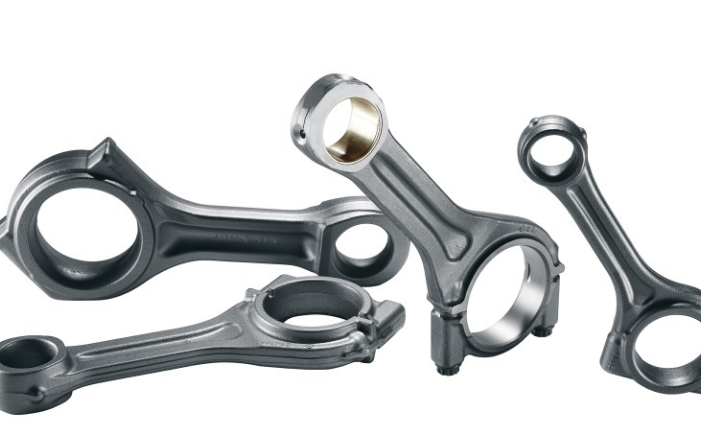In order to conduct engine repairs or to replace worn parts, one often has to deal with the removal of connecting rod bolts. This guide provides the procedure to successfully perform this operation, along with important information about connecting rod bolts.
The Role of Connecting Rod Bolts in Engine Operation
Connecting rod bolts are crucial components in any internal combustion engine. These bolts secure the connecting rod to the crankshaft, facilitating the piston’s movement and, consequently, the engine’s power production. These bolts often require replacement due to wear and tear or as part of an engine rebuild.
Understanding Connecting Rod Bolts Before Removal
Removing connecting rod bolts is a crucial procedure that requires specific tools and attention to detail. Inappropriate removal techniques can lead to bolt or engine damage. Therefore, knowing the right tools and procedure is of utmost importance.
Essential Tools for Connecting Rod Bolt Removal
For removing connecting rod bolts, you need a wrench or socket that fits the bolt size, a torque wrench for precision, and possibly a breaker bar for extra leverage. It’s also advisable to have a service manual specific to your engine for step-by-step instructions and torque specifications.

Procedure for Removing Connecting Rod Bolts
The process begins by loosening the bolts incrementally, using a torque wrench to apply a measured force. The precise amount of torque required to safely loosen the bolts will typically be stated in the engine’s service manual. Once the bolt is loose, carefully remove it without causing damage to the surrounding parts.
Precautions During the Removal of Connecting Rod Bolts
While the removal process may seem simple, caution is necessary. The bolts should never be forced out, as this can cause damage to the threads on the bolts or the connecting rod itself. Always consult the engine’s service manual for the correct torque and procedure.
Knowledge as a Tool for Engine Maintenance
Knowing how to remove connecting rod bolts properly is an invaluable skill when dealing with engine repair and maintenance. It provides the pathway to deeper engine repair processes and allows you to keep your engine in the best possible condition. Whether you are a professional mechanic, a DIY enthusiast, or a car owner who prefers hands-on maintenance, this guide serves as a helpful resource in your journey to understanding and maintaining the intricacies of an internal combustion engine.
